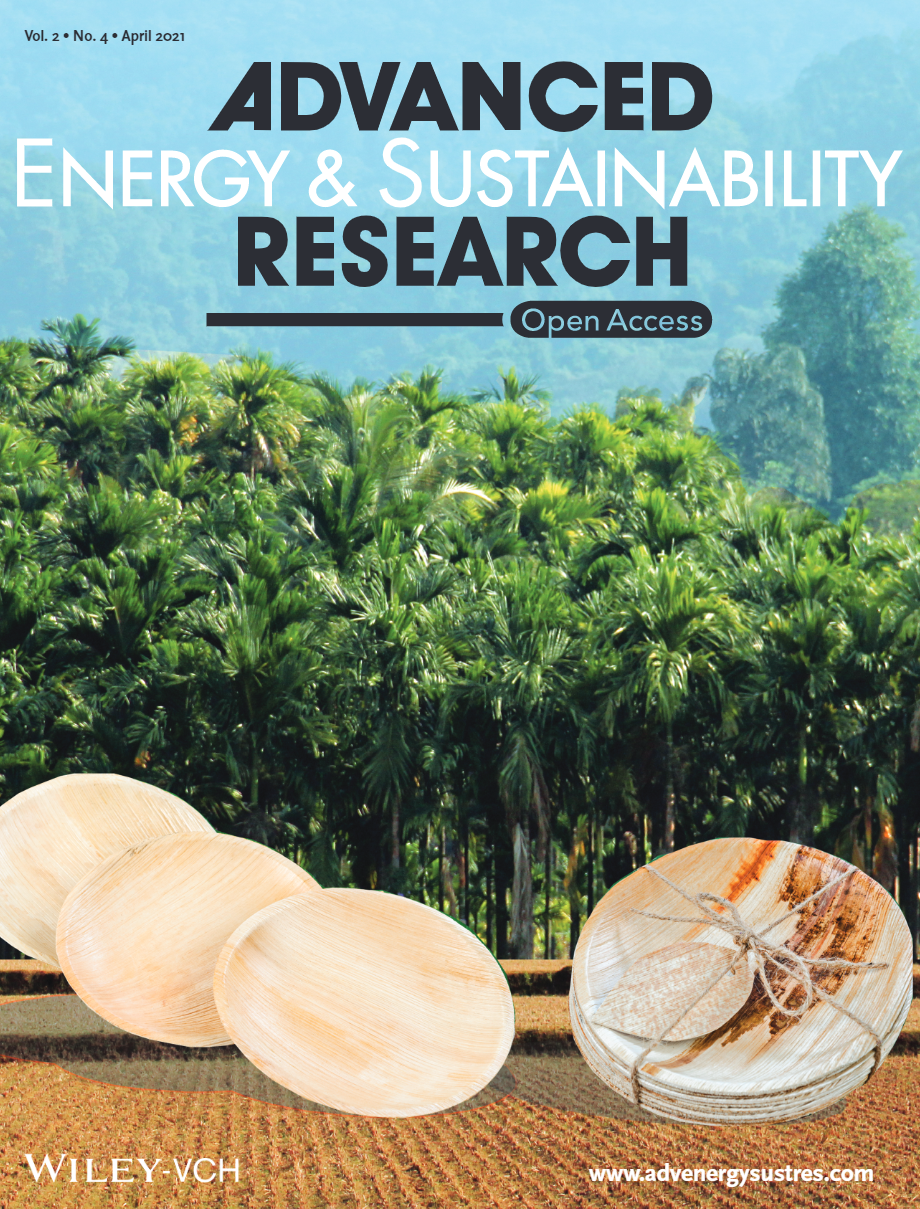The Story of Ancient Palm-Leaf Food Ware and Its Modern Avatar
 Palm-leaf food ware (e.g., plates, bowls) has been used for nearly 2000 years in India and Southeast Asia, finding mention even in ancient Indian texts. The plates and bowls are produced in a single step, directly, by forming of leaf sheath from areca catechupalm, quite commonly grown in tropical regions, primarily for its nuts [1]. The leaf food ware has several attractive features: Its manufacturing is accomplished using simple infrastructure; the leaf material is easily bio-degradable; and the products support a cottage industry segment that provides large employment, including to disadvantaged communities. Given that the leaf sheath is a waste product of the tree, and the very low forming forces, the embodied energy of the palm-leaf food ware is negligibly small - almost 5-6 orders lower than that of plastics and paper-based food ware products. The latter also involve resource-intensive pulping processes and chemical fillers in their manufacturing. Despite the various attractive features, the usability of the palm-leaf food ware is limited by its relatively short product life, about one hour when in contact with liquid or semi-solid foods. The principal factor controlling product life is diffusion of water/liquids through the sheath. Discussions with palm-leaf product manufacturers have revealed that if the current product life can be doubled to two hours, then the palm-based food ware could find much greater usage and applications.
Palm-leaf food ware (e.g., plates, bowls) has been used for nearly 2000 years in India and Southeast Asia, finding mention even in ancient Indian texts. The plates and bowls are produced in a single step, directly, by forming of leaf sheath from areca catechupalm, quite commonly grown in tropical regions, primarily for its nuts [1]. The leaf food ware has several attractive features: Its manufacturing is accomplished using simple infrastructure; the leaf material is easily bio-degradable; and the products support a cottage industry segment that provides large employment, including to disadvantaged communities. Given that the leaf sheath is a waste product of the tree, and the very low forming forces, the embodied energy of the palm-leaf food ware is negligibly small - almost 5-6 orders lower than that of plastics and paper-based food ware products. The latter also involve resource-intensive pulping processes and chemical fillers in their manufacturing. Despite the various attractive features, the usability of the palm-leaf food ware is limited by its relatively short product life, about one hour when in contact with liquid or semi-solid foods. The principal factor controlling product life is diffusion of water/liquids through the sheath. Discussions with palm-leaf product manufacturers have revealed that if the current product life can be doubled to two hours, then the palm-based food ware could find much greater usage and applications.
We demonstrate enhancement of palm-leaf product life, by two to three times from its current one-hour limit, by reducing diffusion of water through the sheath. This is done by creating food-friendly natural wax coatings on the inner surface of the food ware that is in contact with the food. It is well known that wax coatings on substrates are hydrophobic and, hence, may be expected to reduce water diffusion through the substrate. It is also known that many palms such as carnauba palm often contain wax in their leaves. The areca palm turns out to be no exception in this regard. By heating the areca sheath, we were able to make it secrete wax naturally onto its adaxial surface, the surface typically in contact with the food. The wax was found to secrete as discrete micrometer-sized clusters, creating a surface texture reminiscent to that on a lotus leaf.
Using diffusion measurements, based on techniques from earlier work [2], we found that the secreted wax coating significantly reduced water transport through the sheath wall. As a consequence, the product life was found to increase from one hour to about two hours. A further large increase in life was obtained upon depositing very thin natural (edible) wax coatings (beeswax, carnauba wax) onto the sheath surface using a spraying method. We have developed the necessary spray-application capability to accomplish this surface coating, which is food-friendly and stable to up to 70o C. The two videos attached demonstrate this life enhancement with coffee – video 1 is uncoated food ware after 1 hour of coffee exposure, while video 2 is edible-wax coated food ware after 6 hours of the exposure. The videos show the uncoated food ware losing structural integrity, and becoming wet and soggy after 1 hour, whereas the coated food ware is seen to retain its structural integrity even after 6 hours.
The story, that of a marriage between plant biology, materials science and manufacturing technology, is discussed in this APS presentation. The results offer exciting possibilities for enhancing the use of a class of eco-friendly, plant-based food ware. Furthermore, the work suggests numerous possibilities for producing food ware from a broader class of palm leaf materials, with important sustainability implications.
Citations
[1] Mohanty, Debapriya Pinaki, et al. "Mechanical behavior and high formability of palm leaf materials." Advanced Energy and Sustainability Research 2.4 (2021): 2000080.
https://onlinelibrary.wiley.com/doi/full/10.1002/aesr.202000080
[2] Mohanty, Debapriya Pinaki, et al. "Diffusion of water in palm leaf materials." Journal of the Royal Society Interface18.185 (2021): 20210483.
https://royalsocietypublishing.org/doi/10.1098/rsif.2021.0483
